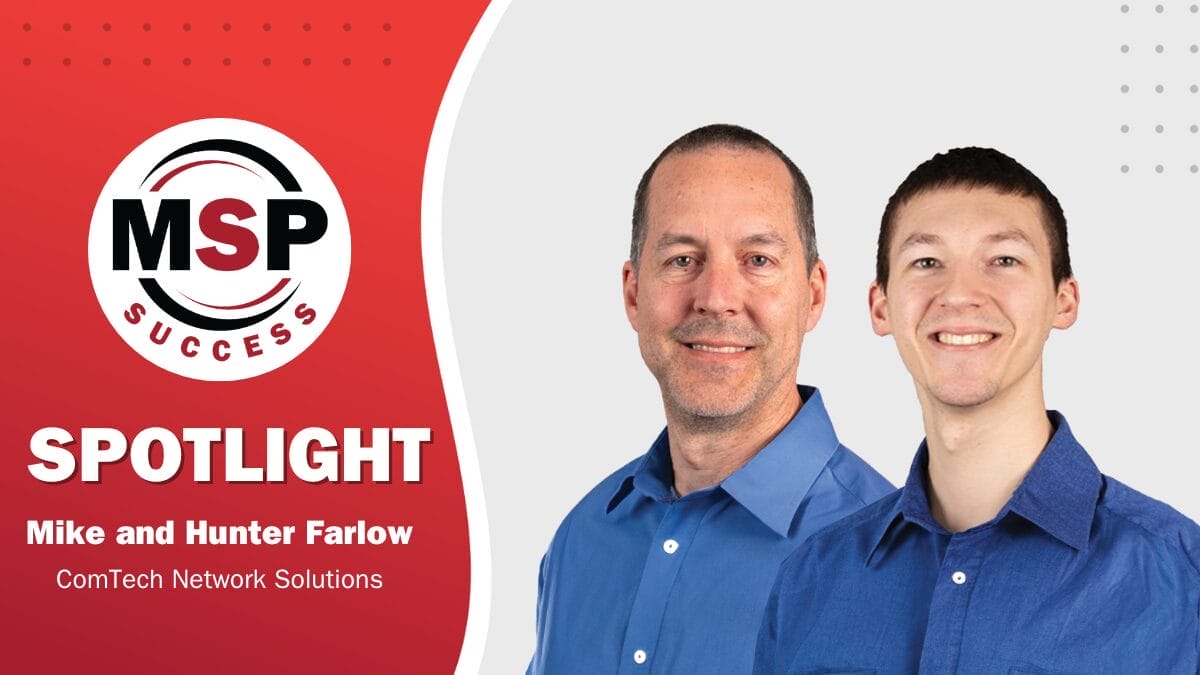Employee stock ownership plans (ESOPs) grant workers ownership interest in their company through shares of stock. Governed by some of the same laws and regulations as 401(k) plans, an ESOP can be more than a retirement plan—it can be a way to establish a succession plan, find a buyer for your MSP business, or motivate your employees to help grow the company, according to the ESOP Association.
Some advantages to an ESOP include heightened dedication by employees, as the success of the company directly translates into financial rewards. It can also contribute to their sense of appreciation and enable better compensation. Companies often tie distributions from the plan to vesting, providing employees with rights to employer-provided assets over time.
But is an ESOP right for you or your company?
Like any employee benefit plan, there are pros and cons to an ESOP. Here are some issues to consider.
Use Cases
Why would you consider an ESOP? According to the National Center for Employee Ownership, “About two-thirds of ESOPs are used to provide a market for the shares of a departing owner of a profitable, closely held company. Most of the remainder are used either as a supplemental employee benefit plan or as a means to borrow money in a tax-favored manner.”
Matt Disher’s experience at Southwest Networks, an MSP with fewer than 20 employees when they initiated their ESOP, is an example of the former. In this case, the decision to become a completely employee-owned company was made by the original owner as a way to sell the company.
“The original founder of the company made the decision,” says Disher, president of Palm Desert, California-based Southwest Networks. “We tried to do an SBA loan and for me to buy it outright but that did not work out. So, he decided to go the ESOP route. That way he could get what he wanted for the company, and I could be named trustee.”
He notes, “We are 100% ESOP owned, so all employees participate. We do not do stock options outside of the ESOP itself.”
Reed Warren, CEO of iT Valuations, an advisory firm for business buyers and sellers, cites four main reasons most owners consider ESOPs:
- Founding owner tax benefits. “ESOPs present the founding owner near $0 tax shelter on the sale of their business into an ESOP, while allowing them to retain and transition control at an owner designated time,” Warren notes.
- Desire that their employees receive equity as a work compensation incentive. “But most ESOPs perform better as a retirement benefit than traditional IRA/401Ks,” Warren adds.
- Desire to incentivize employees to behave like owners.
- Entity legacy. “Since ESOPs are a long-term tax and retirement strategy the entity essentially becomes multigenerational,” says Warren. “The founding shareholders transition out as new leadership is brought on by the ESOP to sustain the business.”
The Challenges
The reasons for an ESOP must all be balanced against the cost-benefit, risks, and nuanced long-term implications of setting up an ESOP, Warren warns. “Most employees want good pay and a safe future. Running a business is all about decisions and the ability to take calculated risks, especially for the IT services market.”
Disher underscores the time and effort required to accumulate the necessary funds for the initial stock sale to the ESOP, emphasizing the need for at least 30% of the stock to be sold for the first sale to proceed.
Paul Cissel, CEO of Growth Caddie, emphasizes the importance of understanding the intricacies of ESOP plans, cautioning that employees may not fully grasp the nuances of options, such as when they turn liquid or vest.
Disher adds that there can be a disconnect between newer employees and the perceived value of ESOPs, pointing out that some may prioritize immediate monetary gains over the long-term benefits of an ESOP.
“As far as new employees go, they really don’t understand the value of the ESOP and having that money set aside that does not come from their paycheck,” Disher notes. “The newer employees seem to just want more money in their check or expect to get more money plus the free ESOP retirement money.”
The 10-year payout setup in their ESOP adds an interesting dimension, Disher says, incentivizing employees to consider the long-term health of the company even after their departure.
However, says Cissel, “In my experience, I would estimate less than 75% of individuals offered ESOPs find themselves ‘in the money,’” underscoring the challenges and uncertainties of seeing timely and tangible returns from ESOPs.
“Most employees don’t understand all the restrictions,” he says. “So, they really never get the chance to cash out or realize any liquidity.”
In addition, if you are an owner who is used to making all the decisions, there is this to consider:
Warren says ESOPs might hinder agility and decision-making, crucial elements for success in the rapidly evolving IT landscape.
“The reality is that market adaptation to be market resilient requires a relatively decisive and progressive leader,” Warren notes. “ESOPs, in contrast, tend to become bureaucratic as now all of your employees become shareholders, which elevates popular opinion, which tends to be risk avoidant.”
Adds Cissel, “I’ve seen owners get held hostage by minority shareholders that had more power than they realized through the stock options.”
Then there is the pure cost of setting up an ESOP—a hurdle that Cissel, Disher, and Warren all note.
“Today it costs roughly $250,000 to start an ESOP and the annual cost to support an ESOP are usually over $100,000 per year,” Warren points out.
Warren also notes the challenges associated with selling an ESOP. “The restrictions and requirements of an ESOP make selling an ESOP almost impossible without destroying it,” he says.
“Most business owners want to be able to easily sell their business when it hits their personal wealth target,” Warren says, noting that an ESOP only complicates matters in this regard.
“If I had to do it all over again, I would tell myself to find a way to buy the company from the original owner and not go this route,” Disher says.
“Being an ESOP has hurt us in a way, as we have to deposit money each year to meet our obligations and build up the fund, so we cannot offer higher pay as we have the expense of the ESOP on top of that,” he concludes.
Some Alternatives To ESOPs
In contrast to ESOPs, Warren says profit-sharing and profit interest programs are effective alternatives for providing employee benefits. “You can accomplish almost all of the employee benefits of an ESOP through profit share and profit interest programs without all of the expense and complications of an ESOP,” he notes.
He advocates for a flexible approach, tailoring incentives to leadership and those directly impacting the business’s value, emphasizing the role of leadership in guiding a company toward success. “Leadership must do that. Bonus plans are there to reward the right outcome,” he notes, underlining the need for effective management to steer businesses towards their goals.
While ESOPs present MSPs with a unique avenue for aligning employee and shareholder interests, navigating the complexities requires careful consideration of the pros and cons—and your long-term goals as an owner.









